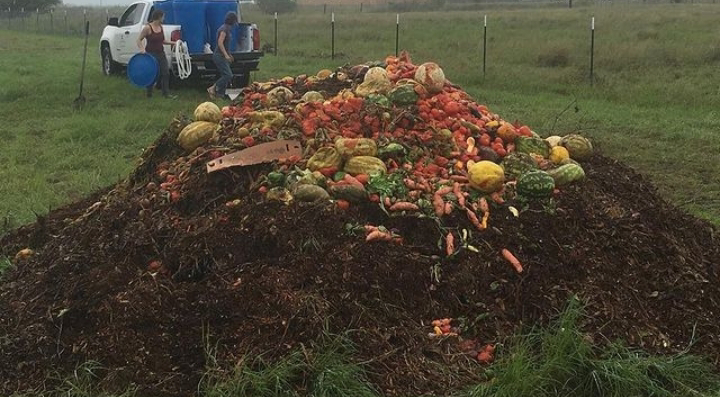Carbon -to- Nitrogen Ratio
The carbon-to-nitrogen ratio (C:N ratio) is a critical factor in composting, as it directly affects the Composting process and the quality of the resulting compost. The C:N ratio is the ratio of carbon-rich materials to nitrogen-rich materials in the composting mixture. Both carbon and nitrogen are essential for the activity of microorganisms responsible for breaking down organic matter during Composting .
Microorganisms use carbon as an energy source and nitrogen to build proteins and grow. A balanced C:N ratio ensures that there are enough carbon sources to provide energy and enough nitrogen sources to support microbial growth and activity. The ideal C:N ratio for composting typically falls between 25:1 and 30:1.
Materials rich in carbon are often referred to as "Brown " and include items such as:
1. Dry leaves
2. Straw
3. Wood chips
4. Sawdust
5. Newspaper (shredded)
Materials rich in nitrogen are referred to as "Greens" and include items such as:
1. Kitchen scraps (vegetable and fruit peels, coffee grounds, etc.)
2. Grass clippings
3. Fresh garden waste
When the C:N ratio is too high (excess carbon), the composting process can slow down because there is insufficient nitrogen to support microbial growth. On the other hand, if the C:N ratio is too low (excess nitrogen), there might be a strong ammonia smell, and valuable nitrogen might be lost through leaching.
To ensure a balanced C:N ratio in your compost pile, you can mix a variety of carbon-rich and nitrogen-rich materials. This will encourage microbial activity, speed up the composting process, and result in a nutrient-rich compost that can be used to improve soil quality and support plant growth. Regularly turning or mixing the compost pile can also help in maintaining an optimal C:N ratio by distributing the materials evenly and promoting decomposition.



No comments:
Post a Comment